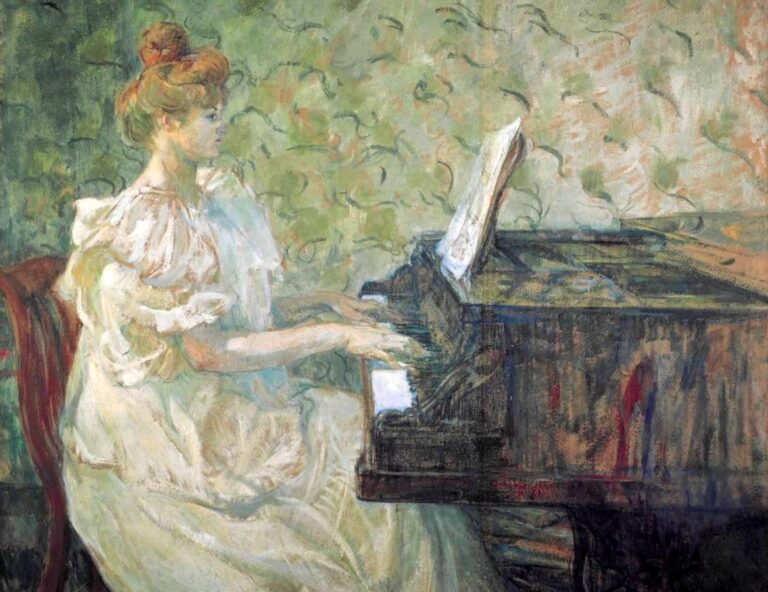Surely you have come across Keane’s paintings at some point. They portray children and animals with huge eyes, looking at the viewer with sadness. They have been used in prints, on mugs and they have inspired many artists. Tim Burton is one of them. He made the movie Big Eyes, as an ode to the artist. However, who is the artist? Who is Margaret Keane and how did she become so successful?
The Woman before Keane
She was born in 1927 in Nashville, Tennessee, USA. Her birth name is Peggy Doris Hawkins, although some list her as Margaret Doris Hawkins. At the age of 2, Peggy had a severe injury to her eardrum. This forced her to learn to watch the eyes of the person talking to her in order to understand. She started painting at the age of 10, and at the age of 18 she attended the Traphagen School of Design in New York for a year. After her studies, during the early 1950s, she began painting clothes and baby cribs.
At the same time, Peggy made paintings, while she experimented with kitsch using both acrylic and oil colors. (Kitsch is also called tackiness; it is a form of art or various objects that appeal to popular rather than high art tastes. It can be ironic or humorous and it is usually all about colors and popular symbols.) She was already married and divorced with one daughter, Jane, when she relocated to San Francisco, California. This is where and when she met her second husband, Walter Keane. They married in 1955 in Honolulu, Hawaii.
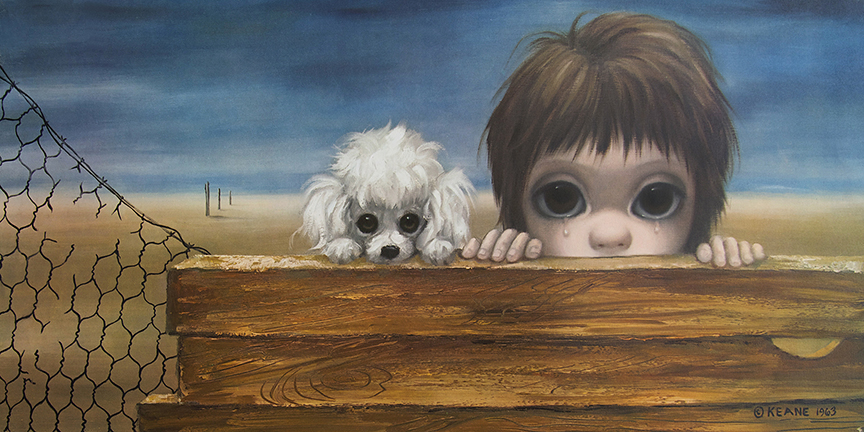
Marriage to Walter Keane
After their marriage, Margaret helped Walter transition from real estate to the art business. He began selling her paintings at The Hungry i club in San Fransisco. However, Margaret had no idea of her husband’s fraudulent activity; he was claiming credit for her paintings, as they were signed as “Keane“. One day she visited the club and realized what Walter had been doing. Eventually Walter convinced her that it was a good idea to do this as the clients wouldn’t feel comfortable if they realized that the artist was someone else all this time. Besides, society wouldn’t approve of a divorced woman artist. He even had Margaret teach him how to make the same paintings by himself, but with no success.
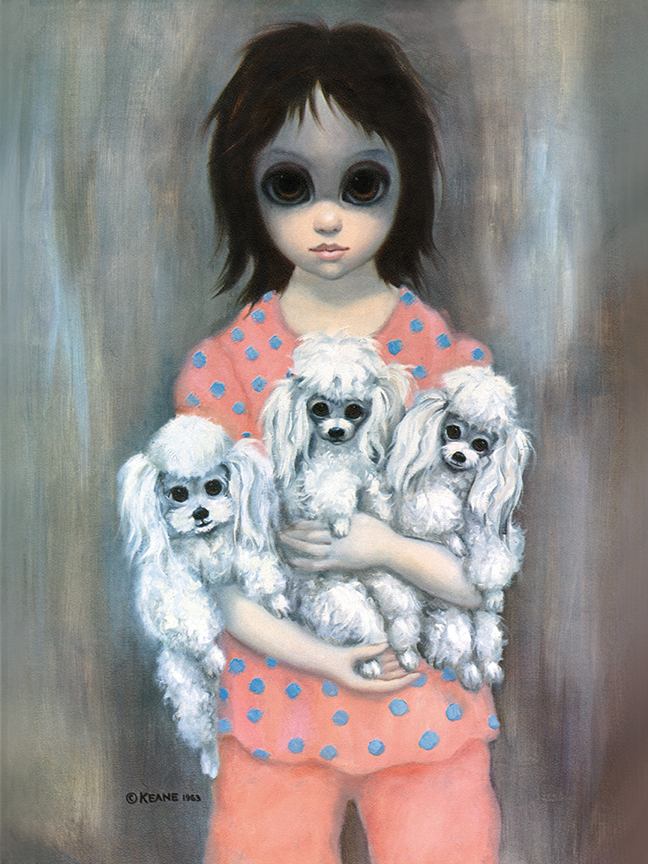
Nevertheless, Walter was quite a salesman. By the 1960s, Margaret’s artwork was earning millions. The paintings, particularly the ones with children, became known for their distinctively big eyes. They were called Keane Eyes and Big Eyed Waifs. The illustrations appeared in mass-production designs and objects. The public loved them, even though the critics were negative.
Abuse
The public believed Walter’s lie. As if this wasn’t enough, Walter was a drunk, a womanizer, and emotionally abusive. There were always people in their house. Sometimes Margaret would go up to the bedroom to find her husband with three different women. Despite this, Walter was very jealous of Margaret. They had a pet chihuahua and because Margaret loved it so much, Walter would kick it all the time. She had to give it away. Moreover, he would lock her up in the studio and force her to do nothing but paint. It was when he threatened Margaret’s and Jane’s lives that she found the courage to divorce him, in 1965.
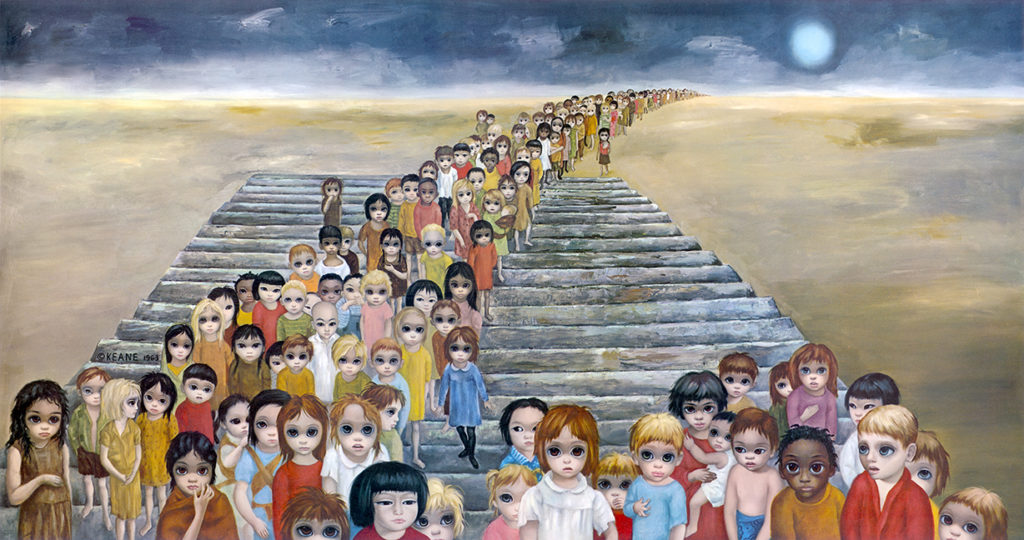
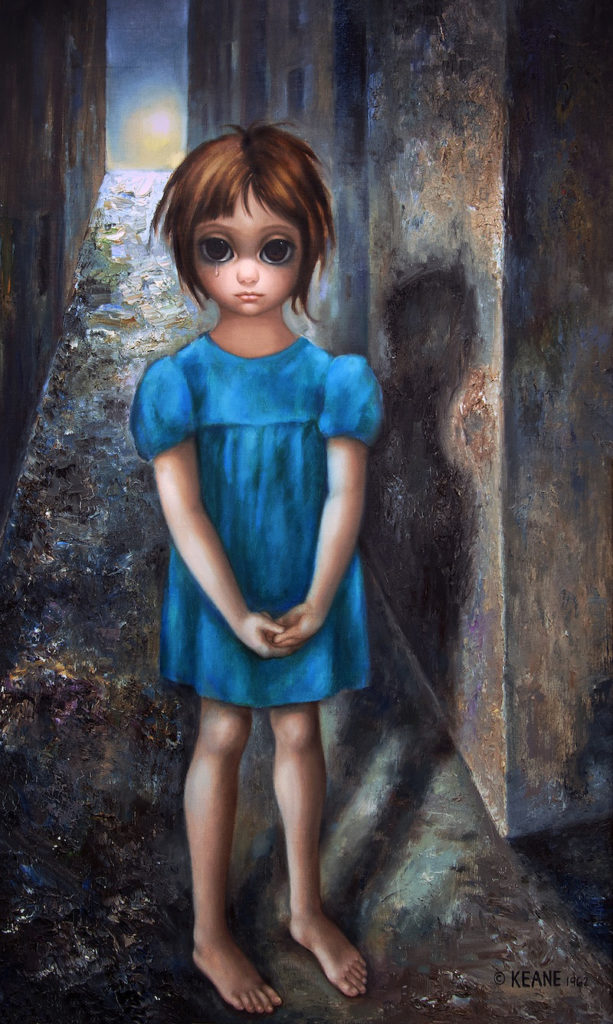
Legal Battle
Alas, her troubles didn’t stop there. In a radio interview in 1970, Margaret exposed Walter’s lie. In the mid-1980s, USA Today published a story in which Walter claimed that his ex-wife was lying. She didn’t hesitate and filed a defamation lawsuit against him and the case went to federal court.
During the trial in 1986, the jury asked them both to create a painting in under an hour. Walter refused to draw, claiming a sore shoulder while Margaret made a painting in 53 minutes. She won the trial and was awarded $4 million in damages. She never got the money. Walter had already squandered everything they had earned all those years. Walter didn’t stop claiming credit for her paintings until his death in 2000.
A court psychologist diagnosed him with delusion disorder. This is when a person who is otherwise completely normal, has a particular delusion they are absolutely convinced of. For example, a husband could be convinced that his wife is cheating on him or, in this case, he is convinced he is the artist and the one worthy of attention and fame. Margaret had no idea of it, as she said in an interview.
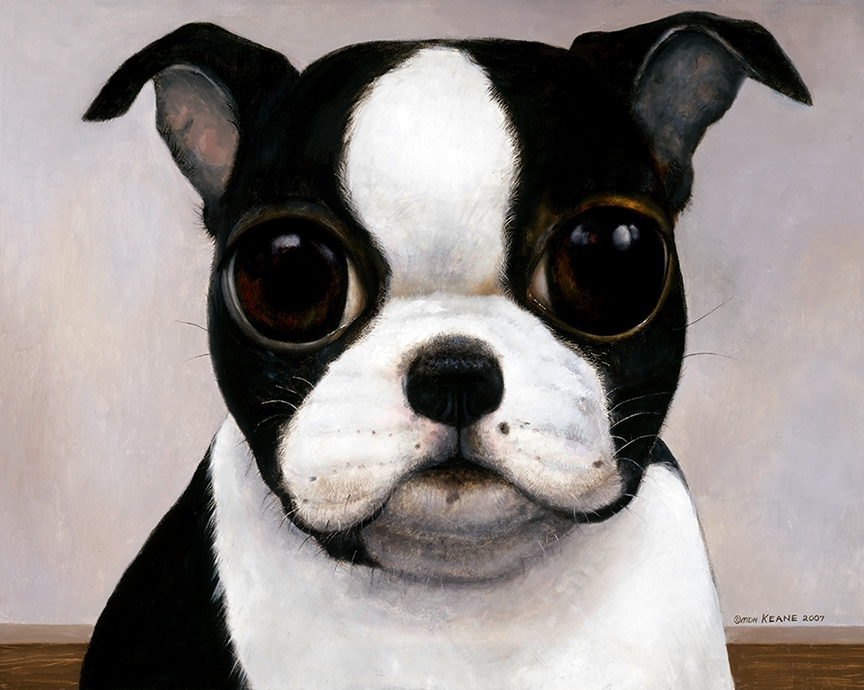
Life after the Unfortunate Events
After her legal win, Margaret moved to Hawaii and became a Jehova’s Witness, as she found love and affection there. She continued painting. Her works became happier: the children were finally smiling and looking happy, instead of being sad and gloomy. Today, Margaret is 93 years old, she lives in Napa, California, and continues to create paintings. Her works are presented in the Keane Eyes Gallery, in San Francisco, which opened in 1992.
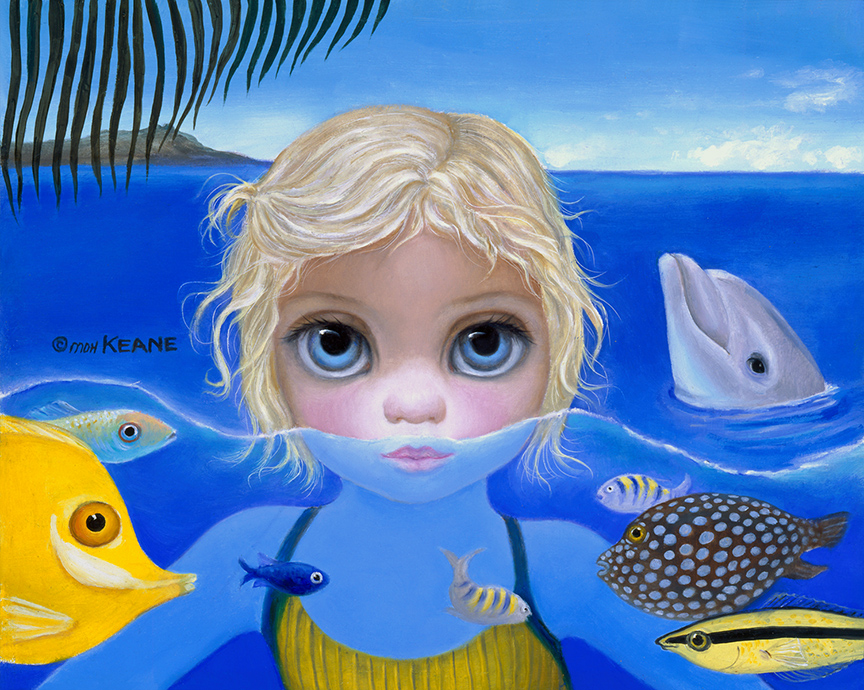
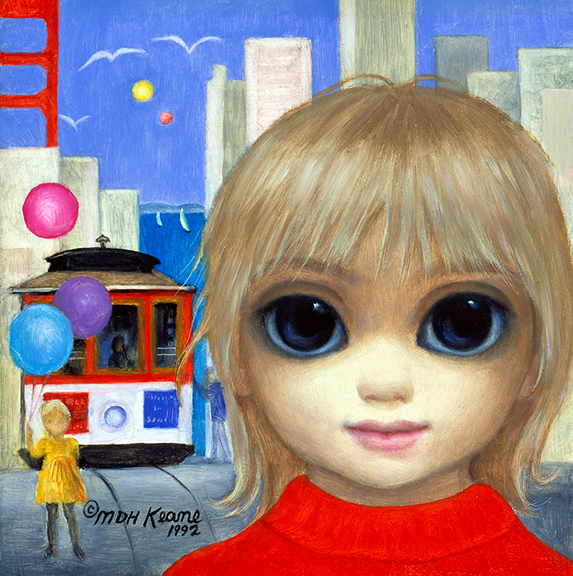
Big Eyes by Tim Burton
In 2014 Tim Burton made a movie about Margaret’s life. Amy Adams portrayed the artist and Christoph Waltz played Walter Keane. It was very emotional to Margaret to see the events that brought her the biggest miseries being in a movie. However, it was liberating. Almost 200 of her works were recreated for the movie. There was also a new wave of interest in her work.
Inspiration
Margaret claims that one of her major influences is Amedeo Modigliani, particularly in the way she painted women since 1959. Other great artists that inspired her are Vincent Van Gogh, Gustav Klimt, and Pablo Picasso, in the way she uses color, dimension, and creates the composition of the painting.
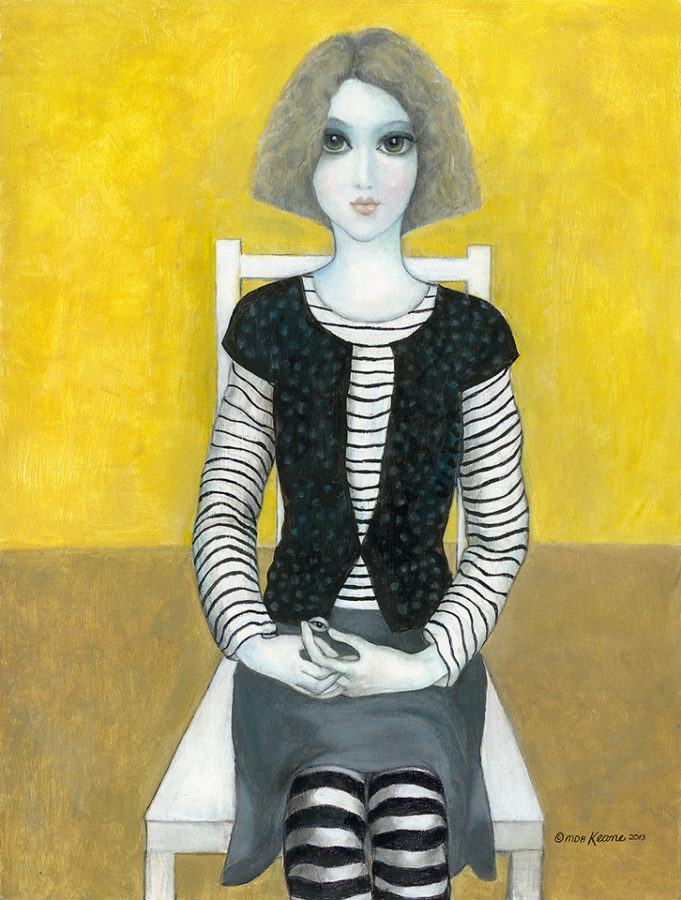
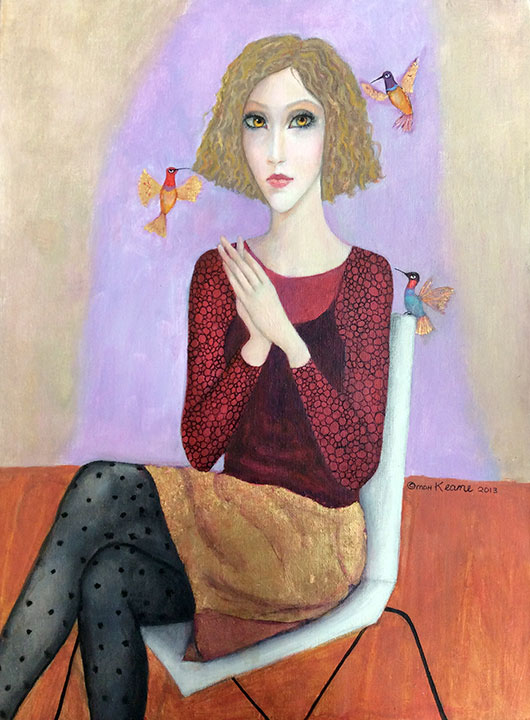
Her Big Eyes became an inspiration for many artists, like Tim Burton and pop surrealists Yoshito Nara and Mark Ryden. Her paintings have also been the inspiration of several toys and cartoons. To name a few, Little Miss No Name Dolls, Blythe Dolls and the famous Powerpuff Girls.
